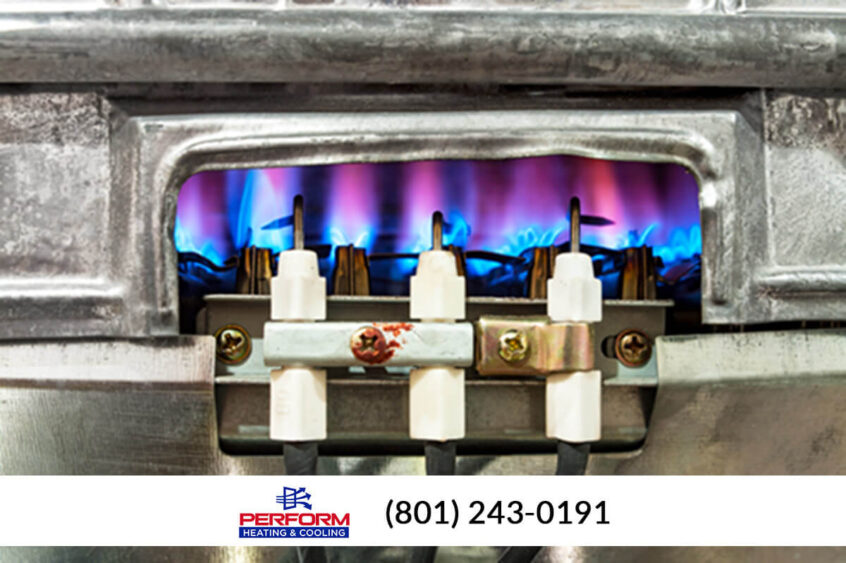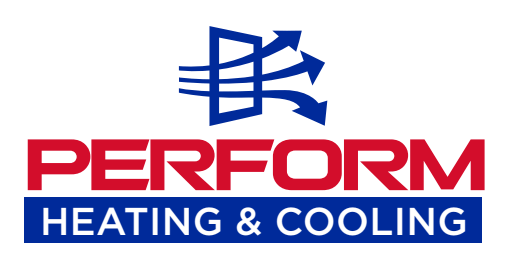Call (801) 243-0191
Getting Your Furnace Replaced? Keep the Following Things in Mind

Replacing a heating system is a huge investment. It’s one of the things homeowners try to put off for as long as possible. They would rather repair what they have than shell out for a brand-new unit.
As convenient as this sounds, it’s worth mentioning that no furnace can last forever. You can only keep it running for so long. In fact, at some point, the repairs may cost you more than a new purchase.
While committing to a new heating system isn’t always easy, you want to do it without delay. Given how Utah’s average temperatures dip slightly below freezing in winter, the last thing you need is for your furnace to break down in the middle of the night.
However, there are a few things to consider when swapping your old furnace for a new one. In this post, we’ll walk you through each one in detail.
Here we go!
- Know What Type of Furnace to Get
For a successful Utah furnace replacement, you’ll first need to decide whether to get a furnace that runs on natural gas, propane, electricity, or oil.
- Natural gas furnaces are the most common, primarily due to their easy availability. Furthermore, they are clean and easier to maintain. The only downside with gas furnaces is the danger of carbon monoxide leakages, but you can easily sidestep this risk by installing CO detectors.
- Oil furnaces are popular in areas with limited access to natural gas. But the soot deposits on the heat exchanger surfaces make them harder to maintain.
- Although electrical furnaces have a higher running cost, their energy efficiency is hard to beat. They are also safer than gas and oil furnaces because there’s no actual fire anywhere.
Since the market is flooded with a wide range of furnaces, you may find it difficult to find one that fits your needs best. Instead of relying on hearsay, talk to a trusted heating and cooling services expert about your options.
- Find the Right Size
You need a furnace that can heat your home efficiently, consistently, and appropriately. This is why choosing the right furnace size is crucial. An undersized furnace will redline constantly, and burn through a lot of fuel in the process.
That said, oversized furnaces have their problems as well. They can lead to:
- Dramatic temperature swings
- Bursts of hot hair blowing through your rooms
- Short furnace lifespan
- Carbon monoxide leaks
- Premature breakdowns
Your ideal furnace size will depend on your square footage, the furnace’s heating factor, and the insulation. However, if you don’t want to bust out the calculator, just talk to a trained HVAC professional to know what size your furnace should be. Doing this will save you a ton of headaches down the line.
- Take Age into Account
Like most homeowners, you’re probably confused about whether to fix your old furnace or start afresh withnew furnace systems in Utah. In this regard, it’s worth mentioning that furnaces usually last between fifteen and twenty years. A good rule of thumb is to replace it if it’s beyond 3/4th of its life expectancy. For example, if your furnace is pushing 25, it’s probably best to get a new one to save on repair charges. But in case yours still has a few years of service left, repairs may be a better idea.
- Check the Efficiency Rating
Every furnace comes with an Annual Fuel Utilization Efficiency (AFUE) rating, which tells you how energy-efficient your furnace is. A high AFUE rating means you’re likely to save money on your monthly heating bills. Some new models are nearly 97% efficient.
Sure, a high-efficiency model can cost a little more upfront. However, they do pay off in the long run. You’ll also be doing your bit for the environment, so it’s a win-win.
- Weigh Blower Types
The blower is an essential component of a furnace. As the name suggests, it moves heated air through your ductwork. Blowers usually come in several forms, depending on the design of the furnace:
Single-Speed Blowers
Single-speed blowers are either on or off. When the temperature drops, the blower motor will kick on at full steam. There is no option for adjustment in this case.
Pros:
- These blower types generally have a lower upfront price
- They can be installed in any setting with any standard ductwork
Cons:
- Higher energy bills
- Uneven heating
Multi-Speed Blowers
Multi-speed blowers have three speeds (low, medium, and high) to afford a little more control than their single-speed counterparts.
Pros:
- More energy-efficient as you can somewhat adjust the heating
- Quieter than the single-speed system
Cons:
- These blower types are slightly more expensive. However, the additional expense can be recouped by increased energy savings
Variable Speed Blowers
Variable speed blowers come with a soft start, meaning the motor comes alive at less than full throttle. After a few minutes, the blower can increase its capacity to warm your home sufficiently.
Pros:
- This type of blower provides the most comfort. On colder days, your system will ramp up to heat your home quickly. After that, it will turn down to keep you toasty throughout the day.
- Most energy-efficient of the three
- Relatively quiet
Cons:
- Again, variable speed blowers are expensive, but can save you a ton of money in the long haul.
- Check the Air Ducts
There’s more to a heating system than just the furnace. Your ductwork- the tubes that deliver the heated air to each room- could be to blame for your furnace’s lackluster performance. A significant amount of heated air can escape into the attic, crawlspace, basement, and other remote corners, all thanks to improperly sealed air ducts.
Before installing a new furnace system, check if your air ducts are in good shape. Call a heating repairspecialist to tape up gaps and re-insulate as required.
- Upgrade to a Programmable Thermostat
A programmable thermostat can take the edge off your heating system by reducing its work throughout the day. Programming your system enables you to lower the temperature at night or during periods when your home is empty. This, in turn, reflects nicely on your heating bill.
Make sure you get a thermostat that is compatible with your furnace. While some work seamlessly with a wide range of furnaces, others are designed for specific furnace types.
- See If You Get Any Rebates or Incentives
Many local electrical utility companies offer incentives and rebates on high-energy furnaces. These can make even a pricey furnace sit lighter on your pocket. Ask your heating and cooling professional if you qualify for any new furnace rebates.
- Find a Reliable Installer
When it comes to a Utah furnace replacement, picking the right furnace is only half the battle. You’ll also need to ensure it is installed properly. Improper furnace installations can pave the way for a world of inconveniences and safety issues, including:
- Gas leaks
- Electrical issues
- Problems with indoor air quality
- Inefficient air distribution
- Hot and cold spots throughout the home
Needless to say, if you hire a shoddy installer, you’ll be asking for trouble down the line. Leave the job to a qualified HVAC technician. Besides keeping your home and family safe from installation-related disasters, this will protect your equipment in the long haul.
The Bottom Line
Utah’s chilly winters call for efficient heating. If your furnace is on its last legs, we suggest you replace it before the long cold months arrive. Hopefully, this post has given you some insight into the points you should consider before committing to a new heating system.
Is a new furnace system on your to-do list? Perform Heating and Cooling can help. Having been in the HVAC business for years, we know just how to keep your systems up and running. Call us to schedule an appointment today- we won’t disappoint!
